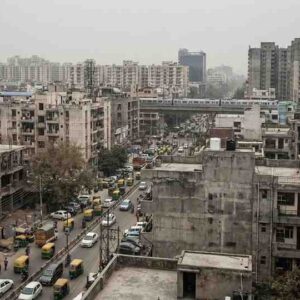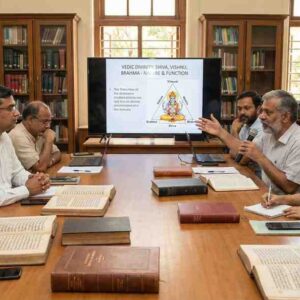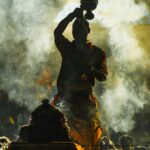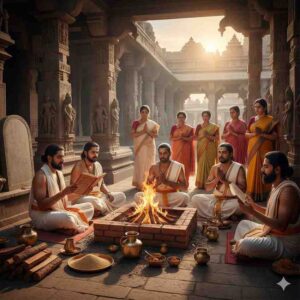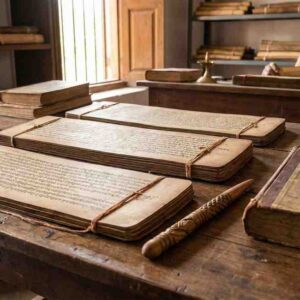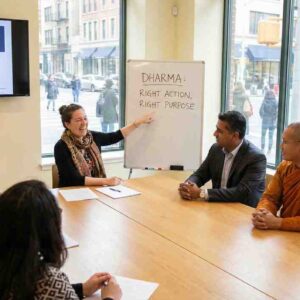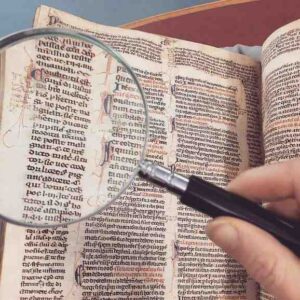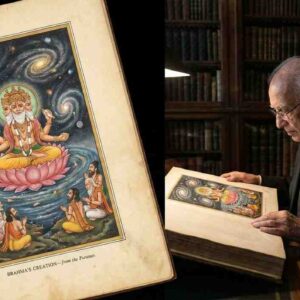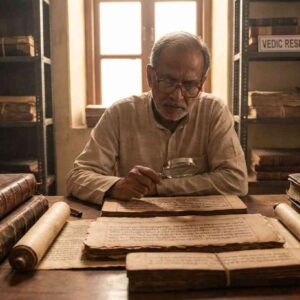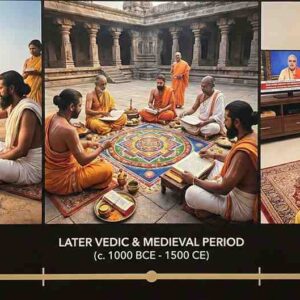A Deep Dive into the State’s Balancing Act Between Heritage and Modernity
Uttar Pradesh, a state steeped in history and culture, faces an ongoing debate: how can traditions evolve while preserving their essence? With its population of over 240 million, UP represents a microcosm of India’s challenges in reconciling cultural heritage with modernization. The discourse is fueled by visible shifts in social norms, economic practices, and governance, drawing attention to the philosophical underpinnings of change.
Key Metrics Reflecting Change
- Urbanization: UP’s urban population grew to 44 million in 2021, marking a 3% increase over the last decade (Census 2021).
- Education: The literacy rate climbed to 73% in 2021, with significant improvements in female literacy (59% to 65%).
- Migration Trends: Over 11 million individuals migrated for work, highlighting economic pressures and evolving job preferences (NSSO 2020).
Tradition vs. Modernity: The Current Landscape
- Family Structures:
- Traditional joint families are giving way to nuclear setups, especially in urban areas.
- Data Point: In urban UP, 62% of households are now nuclear, compared to 45% in rural regions (NFHS-5, 2020-21).
- Gender Roles:
- Women’s participation in the workforce rose from 17% in 2011 to 23% in 2020 (Period Labour Force Survey).
- Shifting Norms: More women are pursuing higher education and joining formal employment sectors, challenging traditional expectations.
- Festivals and Rituals:
- While participation in festivals like Holi and Diwali remains robust, younger generations are redefining their cultural significance.
- Example: Digital platforms have popularized eco-friendly and minimalist celebrations.
Governance and Policy: Bridging the Gap
- Educational Reforms:
- The state introduced the Mission Shakti program to improve gender equality through education and skill development.
- Impact: Enrollment of girls in schools rose by 7% between 2017 and 2022 (UP Education Department).
- Cultural Preservation Efforts:
- Programs to restore historical sites like Ayodhya’s Ram Mandir and Varanasi’s Kashi Vishwanath Corridor blend traditional architecture with modern infrastructure.
- Visitor Statistics: Ayodhya recorded over 10 million visitors in 2022, emphasizing its cultural relevance.
- Youth and Employment:
- Schemes like ODOP (One District One Product) are reviving traditional crafts while integrating them into global supply chains.
- Economic Data: Handicraft exports from UP rose by 19% in 2021-22 (Ministry of Textiles).
Challenges in Balancing Change
- Caste Dynamics:
- Caste-based inequalities persist, with marginalized communities often excluded from mainstream progress.
- Reality Check: 76% of Dalit households still rely on daily wage labor (NSSO 2020).
- Environmental Impact:
- Rapid urbanization has strained natural resources, with the Ganga’s pollution levels remaining a concern.
- Metrics: Biological Oxygen Demand (BOD) levels in key stretches exceed permissible limits, according to CPCB reports.
- Rural-Urban Divide:
- While urban areas benefit from modernization, rural regions lag in access to healthcare, education, and employment.
- Health Data: Rural UP reports a doctor-to-patient ratio of 1:4,000, far below WHO standards.
Philosophical Perspectives on Change
- Dharma and Adaptation:
- Traditional dharmic philosophies emphasize continuity through adaptation, allowing societal norms to evolve while maintaining core values.
- Karma and Collective Responsibility:
- The belief in karma underscores the role of individual and collective actions in shaping a sustainable future.
- Inclusivity in Change:
- Bhakti and Sufi movements from UP’s past highlight the importance of inclusivity in societal transformation.
Moving Forward: Recommendations
- Inclusive Development Policies:
- Strengthen affirmative action programs to bridge caste and gender gaps.
- Sustainable Urbanization:
- Invest in green infrastructure and renewable energy to mitigate environmental degradation.
- Community Engagement:
- Foster dialogues between generations to ensure that modernization respects traditional values.
Conclusion: Tradition in Transition
Uttar Pradesh stands at a crossroads, navigating the complexities of preserving its rich traditions while embracing necessary change. By leveraging its philosophical heritage and data-driven policies, the state can create a model of harmonious progress, ensuring that evolving traditions continue to enrich its social and cultural fabric.

